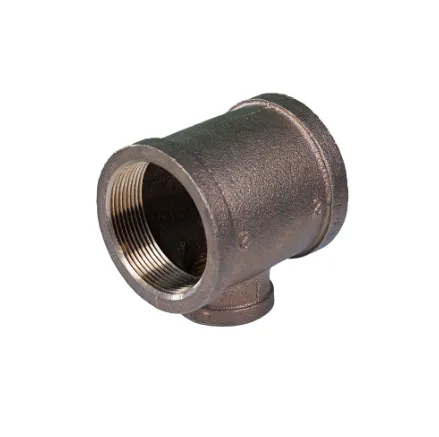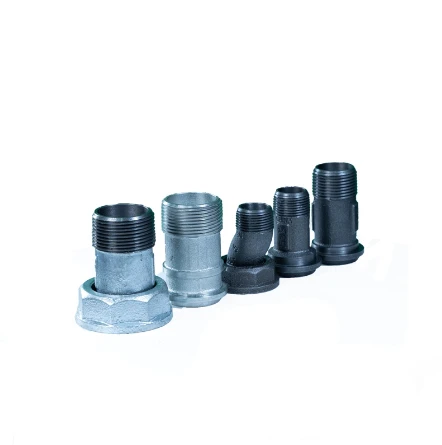Plumbing T-joints with valves represent an essential component in both residential and commercial plumbing systems. These devices play a pivotal role in managing water flow and distribution, contributing not only to the functionality of plumbing infrastructure but also to water conservation and efficiency.

In designing or renovating a plumbing system, integrating a T-joint with a valve is crucial for system optimization. The T-joint, which connects three sections of a plumbing system, allows the redirection of water flow, while the valve provides the means to control it. This combination enables homeowners and businesses to tailor water distribution according to specific needs, such as connecting new appliances or fixtures without having to overhaul the entire plumbing network.
A notable advantage of utilizing plumbing T-joints with valves is the simplification of maintenance tasks. By enabling isolated access to different sections of the plumbing system, it becomes significantly easier to perform repairs or replacements without disrupting the entire network. This is particularly beneficial in scenarios where water needs to be shut off to a specific area, mitigating the inconvenience faced during plumbing repair activities.

The significance of plumbing T-joints with valves extends to their role in water management strategies. As global initiatives increasingly emphasize sustainability, the ability to control water distribution precisely contributes to more efficient water use. For instance, in multi-residential buildings or commercial facilities, implementing these components allows for the segregation of water supply, ensuring that water is delivered only where and when it is needed, thereby reducing waste.
From a technical perspective, selecting the appropriate material for a plumbing T-joint with a valve is critical. The most common materials include brass, copper, PVC, and stainless steel. Each material offers distinct advantages Brass and copper are lauded for their durability and resistance to corrosion, making them ideal for long-term use. PVC is lightweight, easy to install, and resistant to chemical damage, thus suitable for residential applications. Stainless steel, known for its robustness, is often used in high-pressure environments.
plumbing t joint with valve
For plumbing professionals and DIY enthusiasts, understanding the correct installation procedure for a T-joint with a valve is paramount. The process begins with accurately measuring and cutting the pipes to fit seamlessly with the T-joint, followed by cleaning the pipe ends to ensure a proper seal. When working with metal materials, soldering might be required to secure the joints. On the other hand, PVC installations typically involve the application of solvent cement. Ensuring that valves are correctly positioned is critical to prevent leaks and maintain water pressure.
Moreover, advancements in technology have led to the introduction of smart plumbing T-joints with valves equipped with sensors and connectivity features. These systems can be integrated with home automation systems, providing users with the ability to monitor and control water flow remotely. The data collected by sensors offer insightful analytics, which can be used to enhance water usage practices and promptly identify issues such as leaks.
Finally, the importance of compliance with building codes and regulations cannot be overstated. Plumbing installations must adhere to local and national standards to guarantee safety and functionality. Therefore, consulting with certified plumbing professionals or verifying regulations prior to installation is essential to ensure compliance.
In conclusion, the integration of plumbing T-joints with valves into a plumbing system yields numerous benefits, ranging from enhanced maintenance flexibility to improved water management. The selection of appropriate materials and adherence to installation protocols reinforce the device's reliability and efficiency. As technology continues to evolve, these components not only support basic plumbing functions but also contribute to larger sustainability goals through innovative features. Such advancements underscore the importance of staying informed about emerging plumbing solutions that promote economic and environmental well-being.
Post time:
మార్చి-05-2025











